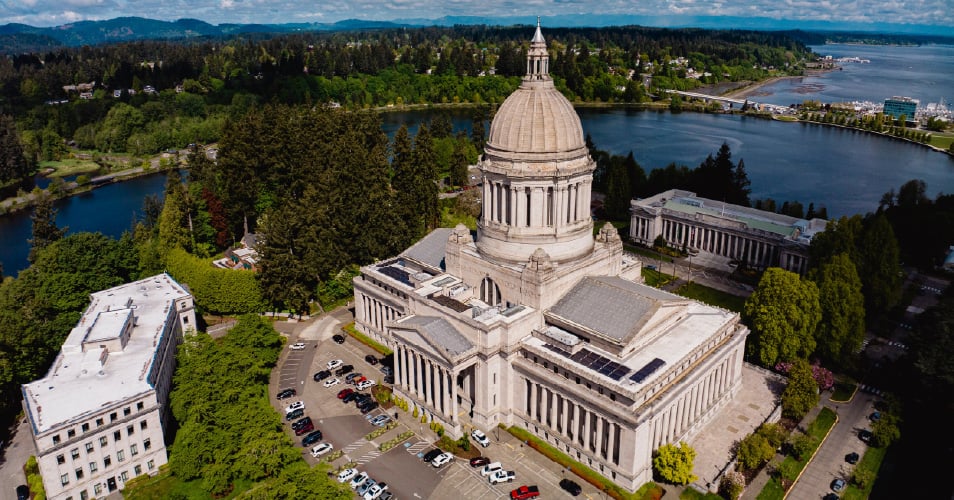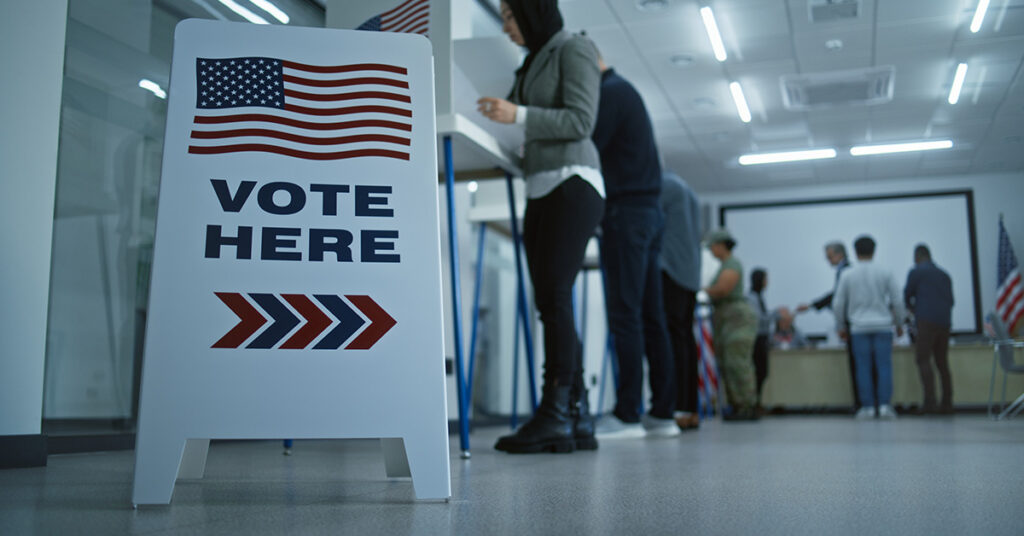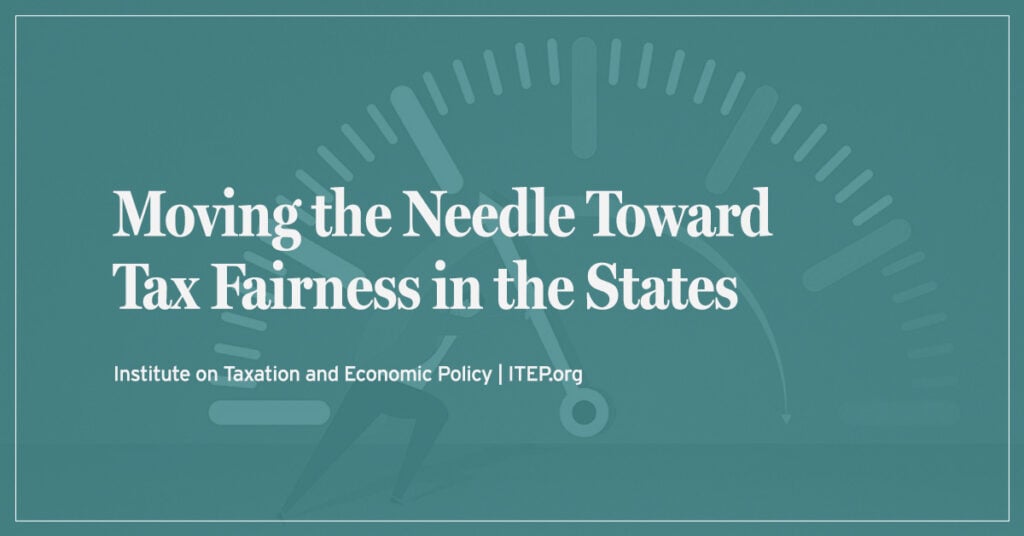In the April 22 mail ballot, King County voters are being asked to increase their sales taxes and their car tabs to fund Metro Transit and fix roads. As the campaign enters its last week, here’s an assessment of some arguments being made on both sides.
By Mike Lindblom
Seattle Times transportation reporter
While most big transit agencies in the U.S. slashed service during the recession, King County Metro Transit managed to hang on.
Managers shifted a $100 million surplus from a fleet-replacement fund to keep existing buses rolling. And the agency made painful choices — raising fares, while cutting some low-use routes to cram more buses into the main corridors.
Officials warned that eventually they would ask for new taxes.
That time is now.
Voters are being asked to approve Proposition 1, which calls for a sales-tax boost of 0.1 percent, or a dime per $100 purchase; plus a yearly $60 car-tab fee, to replace a $20 fee that expires this summer. Metro would get 60 percent, while the remaining 40 percent would be split among city and county street departments.
Ballots must be postmarked by Tuesday.
Without more income, Metro says, it must cut service — at a time when ridership is growing. County buses carry about 400,000 riders a day, similar to record levels in 2008.
Operating costs have grown an average 2.4 percent a year since then, but sales-tax income plummeted, not returning to pre-recession levels until 2013. That left a structural deficit of roughly $75 million a year. Prop. 1 would give Metro slightly more than that.
“Don’t bail out the politicians unwilling to reduce excessive transit operating costs in Metro’s budget,” opponents say, in the official voter pamphlet.
Supporters argue Metro has already raised fares and tightened schedules, and what is needed is more service to cope with urban density and young adults’ preference for transit.
“Our public transit system, like our roads, are public infrastructure. So it’s important to make sure we have the system in place that gets our neighbors from Point A to Point B,” said April Putney, spokeswoman for the Move King County Now campaign.
As voting enters its last week, here’s an assessment of some arguments being made on both sides:
Pro: Money is needed to avoid cutting one-sixth of bus service
For several months, Metro warned that without new taxes it would cut 17 percent of service hours. Recent gains in retail sales-tax revenue are now leading the county to instead forecast a 16 percent cut.
The loss of ridership would be closer to 11 percent, the agency predicts, because the first reductions would be to late-night trips, remote residential areas and some peak-only routes.
All five RapidRide lines, and certain busy routes such as 120 to White Center and 218 to Issaquah Highlands, would be unscathed.
Nonetheless, Metro argues, four-fifths of all customers would feel the pinch, because the core routes would be less frequent or more crowded.
Here’s an example: If the peak-only Route 306 Express from downtown to Lake City Way is dropped, evening commuters along Fourth Avenue can still hop Sound Transit’s 522 line or Metro’s 312 Express — but those buses might go from having some standing riders to being packed.
Opponents say Metro should emulate Pierce Transit and Community Transit of Snohomish County, which survived budget cuts.
Pierce Transit slashed its service 35 percent when voters rejected a 2011 sales-tax increase. Community Transit, which eliminated Sunday service and made other cuts in the recession, is now restoring some lost weekday trips.
Con: Economic recovery will solve the problem
Consumers are spending again, leading Proposition 1 opponents to argue Metro can get by without a new tax.
Estimates by county analysts in March showed sales-tax income — which funds about half the operating budget — will exceed an earlier projection of $439 million by $31 million in 2014, and do likewise next year.
Transit officials didn’t immediately change their cut list. “Metro’s secrecy begs the question, what is Metro hiding?” said a message by Mark Baerwaldt of the opposition campaign Families for Sustainable Transit.
On Tuesday, the agency issued an update.
Metro service-planning director Victor Obeso told the County Council that 72 routes would be scrapped instead of 74. Another 84 routes would have reductions, instead of 107, and 58 routes would be unchanged.
Lori Sotelo, chair of the King County Republican party, which opposes the tax hike, says tax growth ought to soften the service-cut blow to “single digits.”
Dwight Dively, the county’s budget director, said Metro wants to save $10 million a year instead, to build up a rainy-day fund.
Pro: Metro is already conserving money
Metro has tightened its schedules, saving $18 million a year, Obeso said.
It’s gotten to the point where drivers miss meal and restroom breaks when traffic is heavy, said Paul Bachtel, president of the Amalgamated Transit Union Local 587.
Fares have increased $1 since the start of 2008 and will rise 25 cents in 2015, bringing the peak rate to $3.25 for trips from suburbs to Seattle. That still comes nowhere near covering the cost of driver wages, fuel and maintenance.
In fact, the average fare per boarding was only $1.23 in 2012, compared with $4.25 in operating costs per boarding. Discounts exist for students, seniors and the disabled, and for employers who buy ORCA fare cards in bulk.
Fares cover 29 percent of system operations. That’s close to the 30 percent rate of other large bus agencies, and improved from Metro’s pre-recession rate of 20 percent.
Critics complain sometimes about wages. Union members accepted a wage freeze in 2011 but otherwise kept up with inflation. In real terms, Local 587 Treasurer Paul Neil calculates that workers are about 6 percent better off than 40 years ago.
Veteran drivers earn $30.21 an hour, or $63,000 annually. That’s fifth-highest in the country, but 13th if Seattle’s high living costs are considered, Bachtel said.
“They have certain skills and abilities they have to maintain. They have a right to a decent income.”
Because of overtime, full-timers’ pay averaged $66,000 in 2012, Metro reported.
“Most of it is forced,” says Bachtel. Metro keeps drivers late during traffic jams. Paying overtime saves $1.5 million a year compared with the old system of paying drivers to wait on-call at the base, Metro says. Unlike other big agencies, Metro employs hundreds of part-timers to drive empty buses from the base, to meet surges in commuters.
Transportation analyst Bob Pishue of the Washington Policy Center, which criticizes Proposition 1, says bus drivers deserve their pay. But he thinks Metro can cut administrative costs, and reduce overtime that can push pay above $100,000, he said.
“I think they need to restrain the growth of spending,” adds Dick Paylor, of the pro-roads Eastside Transportation Association.
A county database shows 305 transit and roads staff exceeded $100,000 in 2011. The county replies that’s a fraction of 4,900 employees, and rates are commensurate with other agencies, to retain talent, including engineers and administrators. Metro says it’s cut 100 jobs since 2009.
Con: The taxes are unfair
Washington state has one of the most regressive tax structures in the country. The poorest fifth pay 17 percent of their income to state and local taxes, while the richest 1 percent pay 3 percent, according to the Institute on Taxation and Economic Policy.
“I believe the money needs to come from the wealthy and big businesses,” says Linda Averill, a bus driver and onetime socialist City Council candidate, who says she’ll vote no.
County Council members admit it’s not ideal to raise the sales tax, or charge a Saturn coupe the same $60 car-tab fee as on a pricey Tesla.
Mindful of critiques from left and right, elected officials created a low-income fare, to take effect in 2015, of $1.25 a ride, with the same eligibility criteria as food stamps. Low-income drivers can get a $20 car-fee rebate. Several social-justice groups endorse the measure.
But Proposition 1 is not a help to poor people who own cars and must crisscross the suburbs between jobs and child care, opponents argue.
The nonpartisan Municipal League of King County thought the county should try other sources before asking for sales taxes: fees for park-and-ride lots; reducing bulk pass discounts to businesses; or limiting senior discounts to lower-income people.
However, the Muni League still endorses Proposition 1, albeit “reluctantly.” The group urges Metro to solve its long-term deficits but says, “the agency has taken many actions to meet the challenges of the Great Recession and a volatile funding source.”
The League notes Metro lobbied the Legislature in vain for other taxing options, such as a car-tab tax based on vehicle value.
“I don’t think saying no gets us any closer to tax reform,” said Putney, of Move King County Now. “It moves us from partisan gridlock in Olympia to actual gridlock in Seattle.”
Opponents say only a defeat can shake up what they consider the region’s inefficient assortment of agencies running buses, trains, streetcars and water taxis.




